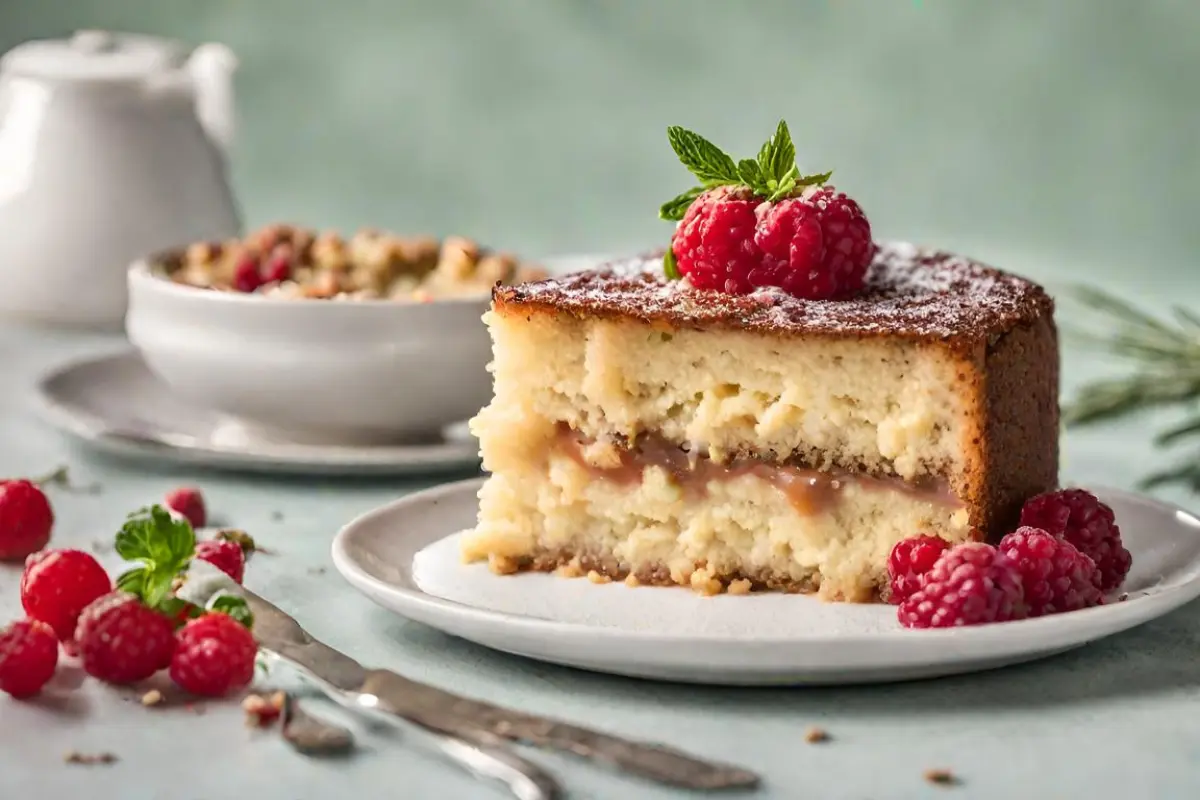Fricassee cake, a culinary delight that tantalizes the taste buds and piques curiosity, is not just any ordinary dessert. It’s a symphony of flavors and textures, blending the richness of traditional baking with a dash of modern creativity. This comprehensive guide will take you on a flavorful journey, exploring the origins, variations, and art of making the perfect fricassee cake. Whether you’re a seasoned baker or a curious foodie, this article promises to unfold the secrets of this beloved dessert, offering tips, health insights, and serving ideas that will elevate your baking game.
Introduction to Fricassee Cake
What is Fricassee Cake?
Fricassee cake, a name that instantly evokes a sense of culinary intrigue, stands out in the world of desserts. It’s not just a treat for the palate but a feast for the eyes, combining the essence of traditional baking with innovative twists. This cake is more than just a mixture of flour, sugar, eggs, and butter; it’s a canvas for creativity, where each ingredient plays a pivotal role in creating a distinctive flavor and texture.
Imagine biting into a slice of fricassee cake – the exterior is golden and crisp, giving way to a moist, fluffy interior that’s rich yet light. It’s a balance that’s hard to achieve but incredibly rewarding when done right. The cake’s versatility is another of its charms, allowing for various adaptations to suit different dietary needs, including gluten-free or vegan versions.
In the next sections, we’ll delve into the fascinating history of fricassee cake, explore its key ingredients and variations, and provide a step-by-step guide to baking this masterpiece. We’ll also share tips on serving, presentation, and pairing, ensuring that your fricassee cake is not just delicious but also a visual delight. So, preheat your ovens and get ready to embark on this sweet journey!
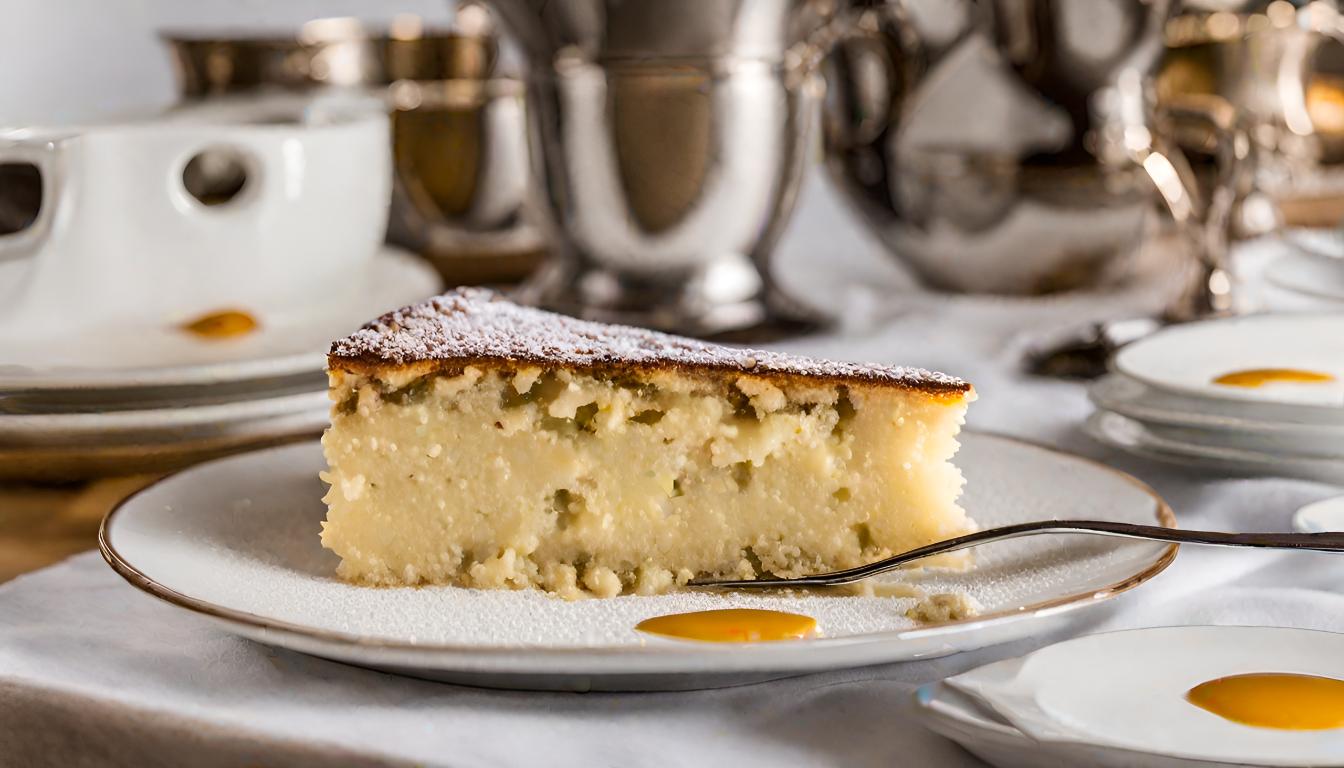
The Origin and History of Fricassee Cake
Tracing the Cake’s Roots
The story of fricassee cake is as layered as the cake itself. Its origins can be traced back to cozy kitchens of yesteryears, where it began as a simple family treat. Over time, this unassuming dessert has undergone a remarkable transformation, evolving from its modest inception into a celebrated culinary creation.
Each era has added its unique twist to the fricassee cake recipe, reflecting the changing tastes and baking techniques of the times. From the addition of new flavors to the adaptation of ingredients to suit local palates, the evolution of fricassee cake is a testament to the dynamic nature of culinary arts.
In its early days, fricassee cake was a symbol of homeliness and comfort, often baked for family gatherings and small celebrations. The simplicity of its ingredients and the ease of its preparation made it a popular choice among home bakers. As it passed down through generations, each baker added their personal touch, slowly transforming it into a more refined and diverse dessert.
Today, fricassee cake is not just a family favorite but also a subject of culinary experimentation, embraced by professional chefs and baking enthusiasts alike. Its ability to adapt and evolve makes it a fascinating subject in the world of baking, showcasing how traditional recipes can be reinvented to stay relevant and delightful across ages.
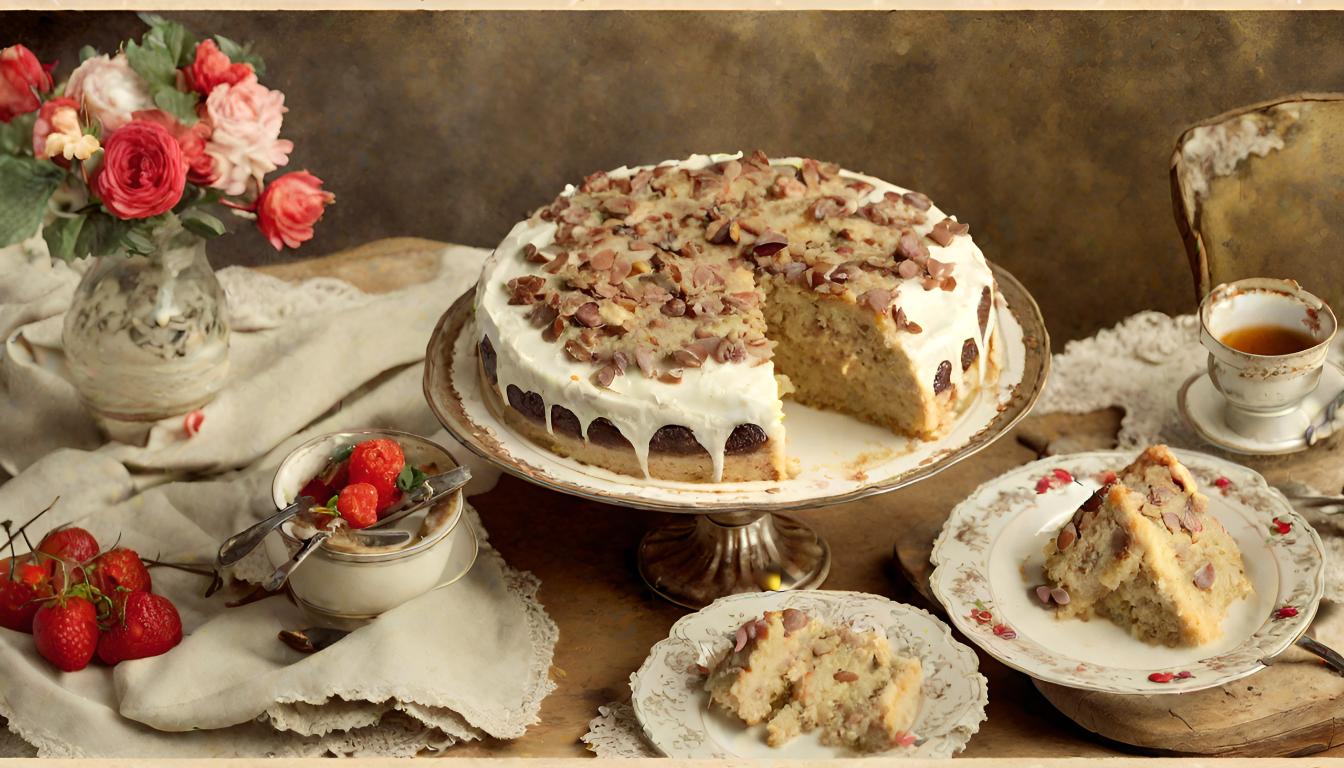
Embracing the essence of fricassee cake requires an understanding of its key ingredients and the delightful variations that have emerged over time. This part of our journey explores the traditional components of this beloved dessert and how modern twists have added exciting new flavors and adaptations.
Ingredients and Variations
Key Ingredients of Fricassee Cake
The classic fricassee cake starts with a foundation of essential ingredients: flour, sugar, eggs, and butter. Each of these elements plays a crucial role in creating the cake’s unique texture and flavor. The flour provides structure, sugar adds sweetness, eggs bring in richness and stability, and butter contributes to the tender crumb and delicious taste.
Traditional Ingredients
In its traditional form, fricassee cake is a testament to simplicity and quality. The key lies in using fresh, wholesome ingredients, often locally sourced. This not only ensures a richer taste but also pays homage to the cake’s origins. The magic unfolds when these ingredients are combined using time-honored techniques, resulting in a cake that’s moist, fluffy, and brimming with nostalgia.
Modern Twists and Variations
The realm of modern baking has embraced fricassee cake, infusing it with contemporary flavors like vanilla bean or citrus zest. These additions add a modern flair to the classic recipe, catering to evolving palates. For adventurous bakers, incorporating global influences, like tropical or spicy undertones, can transform this traditional dessert into an exciting culinary experiment.
Dietary Adaptations
Inclusivity is a hallmark of modern baking. Gluten-free and vegan options for fricassee cake are not just possible; they’re deliciously satisfying. By substituting traditional ingredients with alternatives like almond flour or flax eggs, this cake becomes accessible to everyone, regardless of dietary restrictions. For those interested in exploring these adaptations, resources like Healthline’s guide to gluten-free and vegan baking can be incredibly helpful.
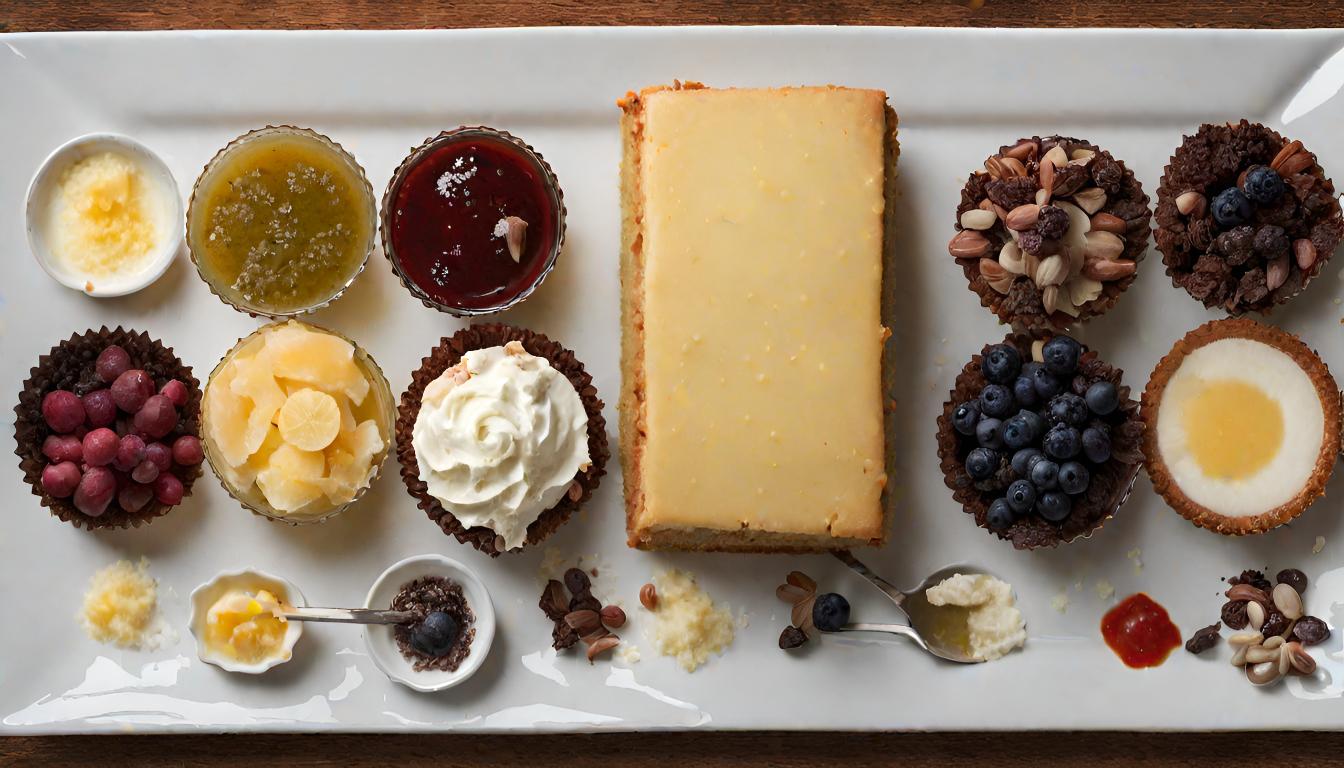
Delving into the art of baking fricassee cake, we now focus on the preparation and cooking techniques. This part of our guide is designed to walk you through the process step-by-step, ensuring that your fricassee cake is not just a treat for the taste buds but also a triumph in texture and appearance.
Preparation and Cooking Techniques
Step-by-Step Guide to Making Fricassee Cake
Baking a fricassee cake is akin to conducting a symphony; each step must harmonize perfectly with the next. Here’s how to bring this culinary masterpiece to life:
- Preparing the Batter: Begin by creaming together butter and sugar until the mixture is light and fluffy. This step is crucial as it introduces air, promising a tender crumb. Next, add eggs one at a time, ensuring each is fully incorporated before adding the next. This meticulous addition guarantees a smooth, homogenous batter.
- Baking Techniques: After the dry ingredients are sifted and gently folded into the wet mix, the real magic begins. Pour the batter into a greased pan and bake. The key to a perfect fricassee cake lies in the oven temperature and timing. A moderate heat allows the cake to rise evenly, creating that desirable soft, yet firm texture.
Common Mistakes and Tips
Baking is both an art and a science, and certain pitfalls can affect the outcome of your cake:
- Overmixing the Batter: This can lead to a dense cake. Mix just until the ingredients are combined.
- Opening the Oven Door Too Early: This can cause the cake to fall. Resist the temptation and trust the process. The cake is ready when it’s golden and a skewer inserted into the center comes out clean.
As we savor the delights of fricassee cake, it’s important to consider its health and nutritional aspects. This part of our guide slices into the nutritional content of fricassee cake, offering insights into how you can enjoy this treat in a balanced and mindful way.
Health and Nutrition
Health and Nutrition
While fricassee cake is undoubtedly a treat, understanding its nutritional aspects can help you enjoy it in a balanced way.
- Caloric Content: Like most cakes, fricassee cake is a high-calorie food, primarily due to ingredients like sugar and butter. However, portion control can be the key to enjoying it without overindulgence. A small slice can satisfy your sweet tooth while keeping calorie intake in check.
- Nutritional Benefits: Despite its indulgent nature, fricassee cake can offer some nutritional benefits, particularly when made with certain ingredients. For instance, using whole wheat flour can significantly increase its fiber content, while adding nuts or fruits can boost its vitamin and mineral profile.
In the next part, we’ll explore the perfect pairings with fricassee cake. From drinks to side dishes, we’ll suggest combinations that will enhance your fricassee cake experience, making every bite (and sip) a unique delight.

Pairing and Accompaniments
Perfect Pairings with Fricassee Cake
A slice of fricassee cake is a delight on its own, but the right pairing can elevate it to an extraordinary culinary experience. Let’s explore some ideal companions for this delectable dessert.
- Drinks and Beverages: The choice of beverage should complement the cake’s rich flavor and texture. Here are some ideal drink pairings:
- Coffee: A classic choice, coffee’s robust and slightly bitter notes contrast beautifully with the sweet, buttery flavors of the cake.
- Tea: For a lighter pairing, a fragrant Earl Grey or a delicate chamomile can enhance the cake’s subtle flavors.
- Dessert Wine: A sweet dessert wine can be a delightful pairing, complementing the cake’s texture while its acidity cuts through the richness.
- Sparkling Cider: For a non-alcoholic option, sparkling cider offers a refreshing contrast with its effervescence and slight tartness.
- Side Dishes and Complements: Accompanying your fricassee cake with the right side dish can transform it from a simple dessert to a gourmet experience. Consider these options:
- Fresh Berries: A bowl of mixed fresh berries adds a refreshing and slightly tart contrast.
- Fruit Compote: A homemade fruit compote, spiced with cinnamon or vanilla, creates a comforting pairing.
- Vanilla Ice Cream: A scoop of creamy vanilla ice cream offers a classic combination, complementing the cake’s warm and fluffy texture.
- Cheese Platter: A selection of mild cheeses, nuts, and dried fruits provides a sophisticated and satisfying contrast.
Fricassee cake, with its unique charm and delightful flavors, often brings up a host of questions from baking enthusiasts and cake lovers alike. In this part of our guide, we address some of the most common queries to help you perfect your fricassee cake experience.
Frequently Asked Questions About Fricassee Cake
Distinctive Features and Dietary Adaptations
- What makes fricassee cake different from other cakes? Fricassee cake is distinguished by its texture and flavor profile. Unlike other cakes that might lean towards denser or overly moist textures, fricassee cake strikes a perfect balance with a moist yet light and airy crumb. Often, it’s the subtle infusion of flavors like vanilla or citrus that elevates its taste, making it a unique treat.
- Can fricassee cake be made gluten-free or vegan? Yes, fricassee cake can be adapted to suit gluten-free and vegan diets. By substituting regular flour with a gluten-free blend and replacing eggs and dairy with plant-based alternatives like almond milk and flax eggs, you can create a version that’s just as delightful in texture and taste as the traditional recipe.
Storage, Serving, and Special Occasion Tips
- How long does fricassee cake stay fresh? Properly stored in an airtight container, fricassee cake can remain fresh and delicious for 3-4 days at room temperature. If refrigerated, it can last a bit longer, though it’s generally best enjoyed fresh for optimal flavor and texture.
- Can fricassee cake be frozen for later use? Fricassee cake is freezer-friendly. Wrap it tightly in cling film and store it in a freezer-safe container to preserve its freshness. It can be kept frozen for up to 3 months. When you’re ready to enjoy it, simply thaw at room temperature.
- What are some creative ways to serve fricassee cake? Serving fricassee cake with whipped cream, powdered sugar, or syrup adds a delightful twist. Adding fruit layers or ice cream enhances its appeal, making it a visual and flavorful delight.
- Is fricassee cake suitable for special occasions? Absolutely! Its versatile nature makes fricassee cake a perfect choice for celebrations like birthdays and anniversaries. Decorating it with icing, fresh fruits, or edible flowers can add a festive touch, making it as beautiful as it is delicious.
- Any tips for a perfect fricassee cake? For a flawless fricassee cake, ensure all ingredients are at room temperature before you begin. Gentle folding of the batter is key to maintaining its airy quality. Also, resist the temptation to open the oven door too often, as this can affect the cake’s rise and texture.
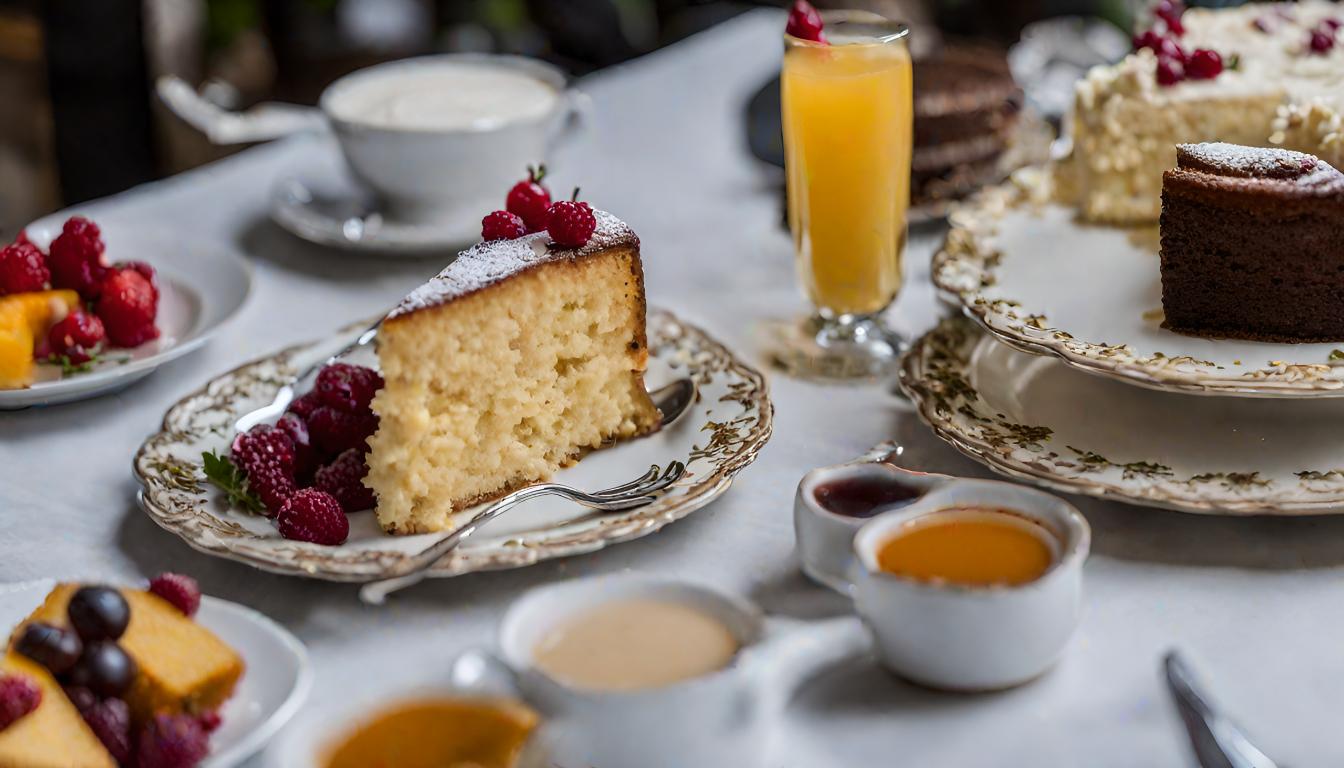
Infusing Creativity: Drawing Inspiration from Other Dessert Masterpieces
In the realm of culinary delights, the quality and choice of ingredients play a pivotal role. Just as our Vesuvio Potatoes recipe emphasizes the use of fresh, quality produce, the same principle applies to crafting the perfect fricassee cake.

